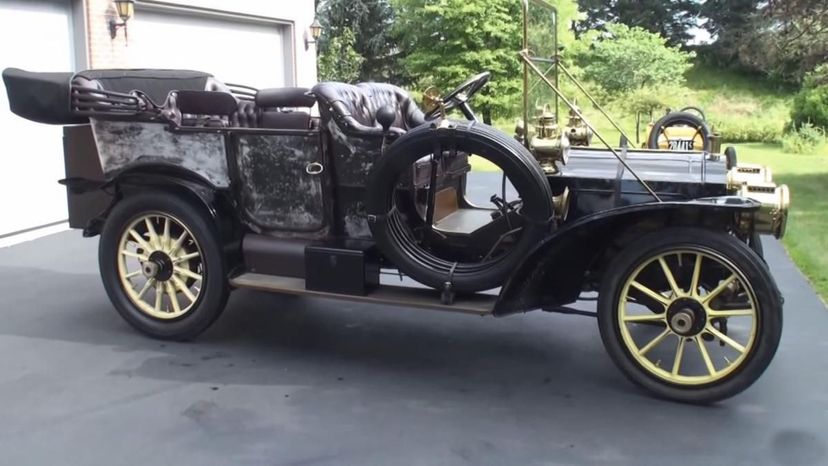
About This Quiz
The automobile has changed a great deal about human society since its invention in the late 1800's. Cities that were once panicking over what on earth their policy should be to remove increasingly enormous mountains of horse dung from the streets found themselves, just one generation later, having to come up with all sorts of new plans to figure out what to do about this fancy new horseless carriage clogging up their streets. In 1905, cars were a curiosity, but it took only 15 years for them to entirely displace horses, and for ownership to spring from a few percent of the population to around 60%.
Part of what made this possible was standardization of the controls. In order for a technology to spread, it has to become user-friendly, and a car is no good if you get into it and take months to learn how to operate it. This was a result of a back-and-forth between different car companies, inventors, and thinkers as they tried to optimize. It was by no means certain that the arrangement of the steering wheel, gear stick, pedals, turn signals, and so on would be as they are. It's now clear from video game tech that they are actually not the most intuitive or efficient options, but they're what we're used to, so - until the machines take over and the idea of a human driver becomes quaint -- that's what we've got. How much do you know about how they came about?
Advertisement
Advertisement
Advertisement
Advertisement
Advertisement
Advertisement
Advertisement
Advertisement
Advertisement
Advertisement
Advertisement